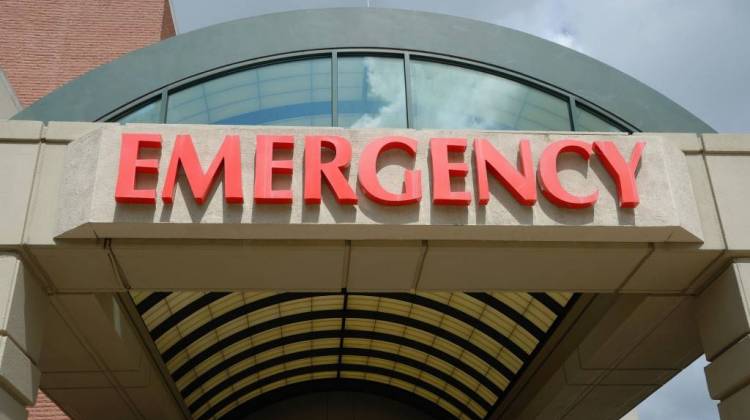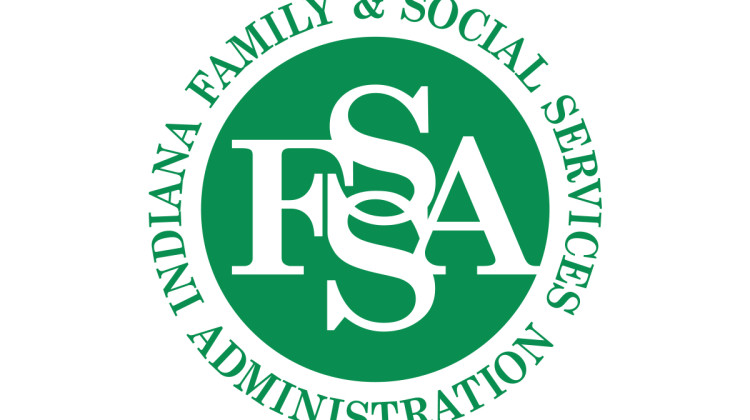Federal data released this week sharpens focus of the opioid crisis’ impact on emergency departments and hospitals and who is being affected.
The rate of opioid-related visits to Indiana emergency rooms went up by 50 percent between 2009 and 2014. That increase puts Indiana mid-range nationwide. Yet Indiana Hospital Association’s Jennifer Hurtubise says the epidemic looks different on the local level.
“While the state overall is in the middle of the pack the fact remains that we have a number of counties that are in crisis here in Indiana,” Hurtubise says.
The latest report shows women were more likely to have inpatient stays and men were more likely to end up in the emergency department.
Indianapolis’ Eskenazi Hospital medical director Dan O’Donnell says tracking data helps them determine the depth of the problem.
“Who’s at highest risk for a fatal overdose or just an overdose landing you in the [emergency department]?” says O’Donnell. “What of our interventions work, what works better for this person or this person?”
Eskenazi has a program to better connect patients with care while they’re in the emergency department.
Hurtubise says work with hospitals and emergency departments in other Indiana counties is promising.
“The Indiana Hospital Association is working with our members on community based models and collaboration that are really based on prevention, treatment and recovery,” Hurtubise says.
 DONATE
DONATE







 View More Programs
View More Programs

 Support WFYI. We can't do it without you.
Support WFYI. We can't do it without you.